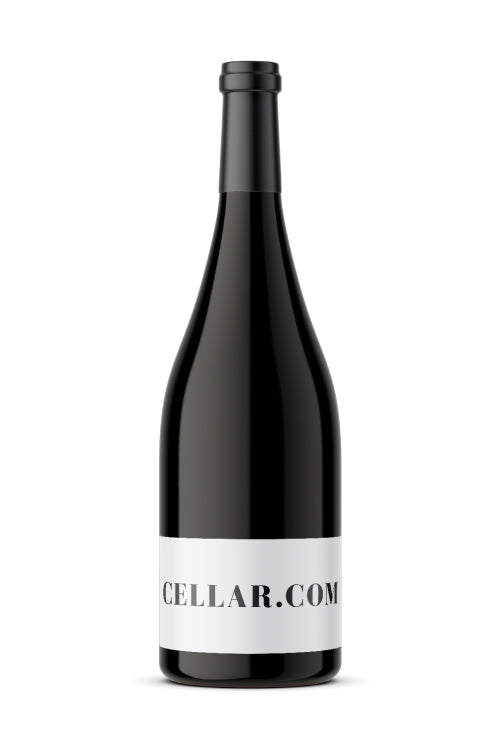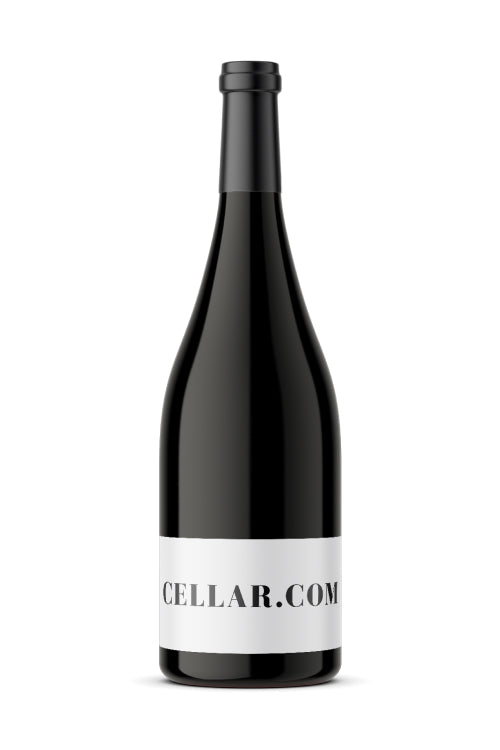1
/
of
1
Henri Boillot Clos Vougeot - 2014 (1.5L)
Henri Boillot Clos Vougeot - 2014 (1.5L)
Regular price
$775.99
Sale price
$775.99
Regular price
$824.99
Unit price
/
per
Availability:
3 In Stock
$25 Shipping on Orders +$299
Couldn't load pickup availability
Share :

- varietal
- Region
- Sub - Region
- Type
- Reviews
Product Review
Note: From vines of approximately 18 years of age.
Producer note: Henri Boillot, brother of Jean-Marc Boillot (see below), directs this 14 ha domaine. Henri reported average yields of 42 hl/ha in 1999 though Henri claims to have done a saignée of a whopping 40%! The winemaking philosophy here is particular as there was a full 13 days of cold maceration and 26 days of total cuvaison followed by aging in 50% new oak. The reds will be bottled without fining or filtration. I tasted these wines in November of 2000.
Tasting note: Much like the En Chevret in style though the Frémiets offers better finesse and overall balance even though the new wood is more pronounced.
Product Score
89
Pinot Noir is responsible for some of the world’s finest wines. Famed for producing the red wines of Burgundy and the Côte d’Or in particular, it is now widely grown in cool climates across Califonia and Oregon, and with increasing success in New Zealand. Although typically used to produce varietal wines, Pinot Noir makes a significant contribution in the wines of Champagne, where it is vinified as a white wine and blended with Cardonnay and Pinot Meunier. On the whole, fresh summer fruit of strawberries, raspberries and red cherries tend to be the identifying qualities, however richer versions express darker fruit including black cherries (kirsch), cherry cola, leather and violets to name a few.
Two hundred miles south east of Paris lies the famous and historic wine region, known in French as Bourgogne. The Cote d'Or, the heartland of the region, consists of two distinct sub-regions split on either side of the town of Beaune.The Côte de Nuits to the north, includes the famous villages of Vosne-Romanee, Gevrey-Chambertin, and Nuits-Saint-Georges and are known primarily for making red wine from Pinot Noir.Although The Côte de Beaune to the south still makes some magnificent reds (see Volnay and Pommard), white wine made from Chardonnay is the main focus. The most famous villages are Puligny-Montrachet and Meursault. Burgundy has three other important regions. The village of Chablis (exclusively Chardonnay) encompassing the region's most northerly vineyards. The Côte Chalonnaise and Mâconnais to south are quantitatively speaking more important. Agriculture is more diverse with a significant portion of the land devoted to livestock and arable farming.
In the words of Burgundy authority, Clive Coates MW, "Puligny-Montrachet is the greatest white wine commune on earth". Although smaller than its highly reputable adjacent neighbors Chassagne-Montrachet and Meursault, Puligny has four of Burgundies six white Grand Crus. While Le Montrachet and Batard-Montrachet are shared with Chassagne-Montrachet, Chavalier-Montrachet and Beinvenies-Batard-Montrachet lie wholly within the village. Most of it's 13 premier crus roughly continue north east towards Meursault and frequently reflect the style of the grand cru which they aligned in terms of elevation. For instance, those adjacent and continuing from Batard, such as Les Lucelles, Claviollon, Les Perrieres, Les Combettes, and Les Referts, exhibit a similar rich, plump and exotic style and are less like those further up the hillside which are level with Chevalier and Le Montrachet. Most of the villages produce is contracted to negociants in Beaune, however the few growers who are based in the village, Louis Carillon, Leflaive, and Etienne Sauzet are perhaps the finest.
Red wine is wine made from dark-coloured grape varieties. The color of red differs based on the grapes variety or varieties used.Interestingly, black grapes yield a juice that is greenish-white. The actual red color comes from anthocyan pigments (also called anthocyanins) from the skin of the grape (exceptions are the relatively uncommon teinturier varieties, which produce a red colored juice). Most of the production centers around the extraction of color and flavor from the grape skin.


